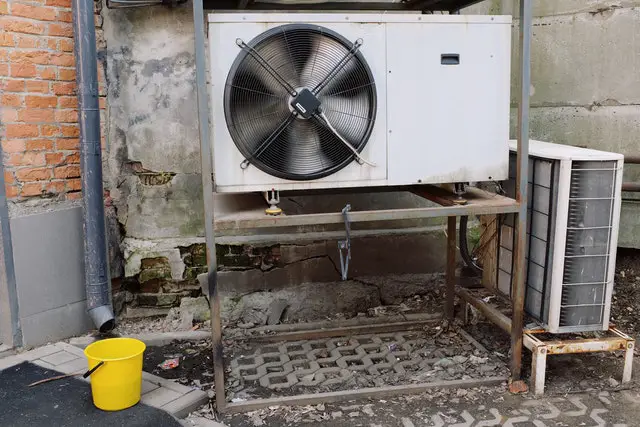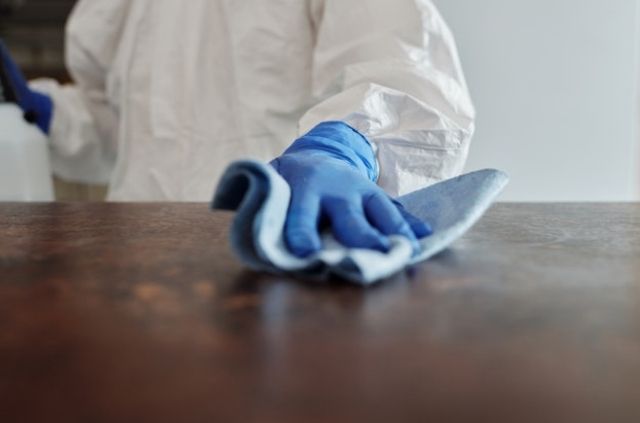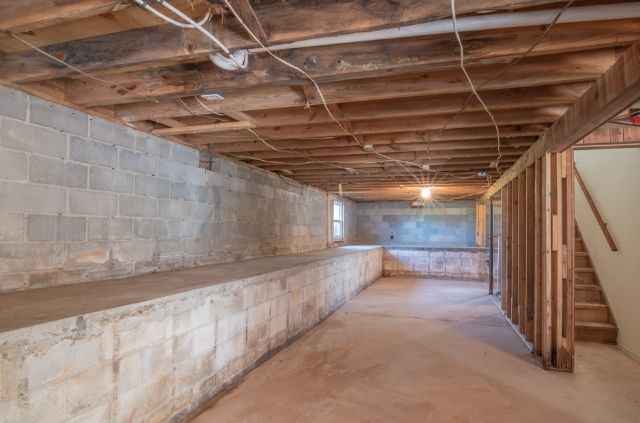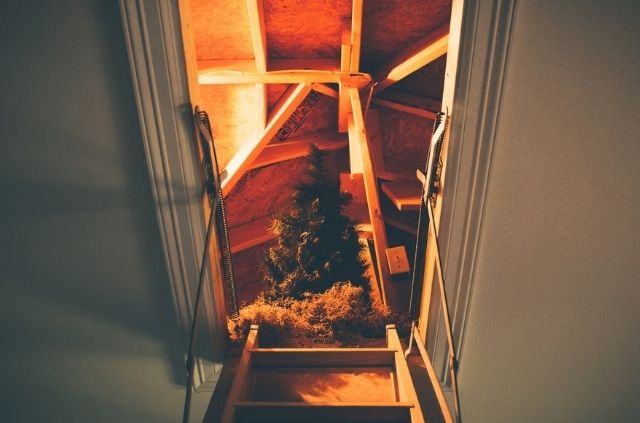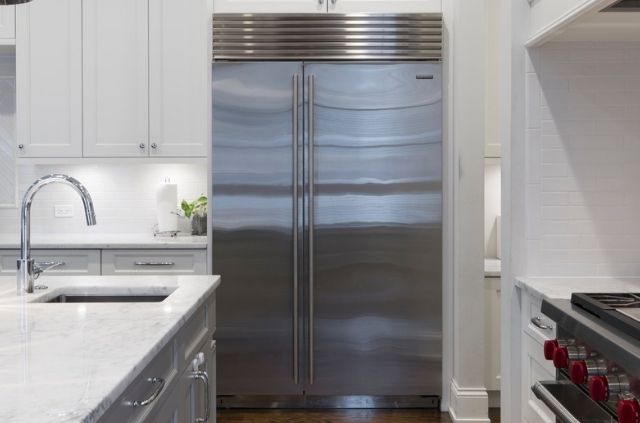How to Clean Mold on Wall Behind Washing Machine
New and current homeowners share something in common – they both cringe when seeing mold. This four letter word can create a nightmare scenario for both buyers and sellers. One of the most common places to find mold is the laundry room. In this article we will cover how to safely remove mold on a wall behind the washing machine.
How Mold Grows in Laundry Room
Mold can realistically grow anywhere in the house. But it’s mostly found in basements, kitchens, bathrooms, and laundry rooms. These areas contain small amounts of moisture, either from humid conditions or leaky plumbing from an appliance.
Broken Fixtures
It doesn’t matter where your washing machine is located, because it always needs to be connected to a source of water. This allows the appliance to function correctly, as it soaks clothes needed for the washing process. But what happens if a water connection is faulty? It’s important to regularly check for leaky pipes behind the washing machine.
Even the smallest drop of water can create moisture. And it only takes a little bit of water for mold to start growing. If you find mold on a wall behind the washing machine, there could be a broken fixture. This problem will need to be fixed in order to prevent future mold growth. You can do this yourself, or hire a professional plumbing service.
Lack of Sunlight
A puddle of water isn’t the only thing that can create conditions for organic growth. Mold thrives on areas inside the house that see little to no sunlight. That’s why it’s so common to find mold growing in a basement and not outside in your front yard. These dark areas create optimal conditions for mold spores to grow on most indoor surfaces.
Most laundry rooms are located in a basement, or some type of interior room in the house. These locations commonly lack windows that would normally allow sunlight to come through. Combine this darkness with a small about of water and you get the perfect recipe for mold. Try leaving your laundry room door open to allow some light to shine in.
Moisture
Even if you don’t have a leak behind the washing machine, there could still be moisture in the laundry room. Dryers are known to produce high amounts of heat and in the right conditions this can bring condensation. This is basically a process where water vapor becomes a liquid. And as you have learned by now, mold will start growing around water.
Sometimes moisture found in a laundry room can be caused by a variety of factors. Small rooms can get very warm, especially if they lack proper ventilation. Consider opening a door to this area, or installing an exhuast fan. Humidity can also bring moisture to laundry rooms. It will be difficult controlling the temperature if you don’t have air conditioning.
How to Clean Mold on a Wall Behind Washing Machine
If you notice mold growing on the wall behind your washing machine, don’t panic. This is a common household problem and it can be fixed in just a few easy steps. Make sure to follow the process listed below to safely remove mold from your home.
1. Wear Safety Equipment
Before getting up close and personal with any type of mold, you will need to wear proper safety equipment. This includes a face mask, eye protection, rubber gloves, and long clothing. Once you start scrubbing the wall with a brush, mold spores will begin to enter the air. That’s why it’s essential that you are protecting yourself from them.
A face mask will prevent you from breathing in any mold spores in the air. You could potentially breath in these spores and get sick without some type of respirator. Similarly, googles will keep the mold spores from entering your eyes. Rubber gloves and long clothing will create a shield between the mold from landing on your skin.
2. Move the Appliances
Once you’re all suited up, it’s time to move the washer and dryer. These appliances can be heavy, which is why it helps to have someone with you to move them. Most washers and dryers will have only a couple of inches between them and the wall. In other words, it will be near impossible to wedge yourself behind this area during the cleaning stage.
When the appliances have been moved begin protecting anything else in the room with plastic tarps, or sheets. This will prevent mold spores from landing on the washer, dryer, and anything else in the room. The most important thing is to keep all of the organic growth on the ground, so it isn’t able to travel to other areas and create more problems.
3. Use Vinegar
One of the safest and most effective ways to clean mold on a wall behind the washing machine is to use vinegar. This is a common household item that works great for cleaning. Chances are you will have some vinegar lying around your house. To make things easier, you will need to transport this liquid into a spray bottle for cleaning.
It will be much quicker to spray the vinegar on the wall, instead of pouring it on a brush before scrubbing. Begin by spraying down all areas of the wall covered in mold. Don’t be afraid to waste any vinegar either – the more you spray the better. Let the cleaning solution dwell for around 5 minutes before continuing on to the next step.
4. Brush the Wall
You can get out a brush once the vinegar has had enough time to soak into the mold. A stiff bristle brush works best, because it will agitate the wall and remove all of the mold. Just keep in mind that there’s no reason to use high amounts of pressure when scrubbing. The wall shouldn’t be covered in scratches when you are done.
If you find the mold is still not coming off, repeat the last step and apply more vinegar. Some areas will be harder to clean than others – especially on older homes where the mold has been sitting for a long period of time. When all of the mold has finally been removed from the wall, you can wipe down the surface with paper towels.
5. Clean Up
Congratulations! You have successfully removed mold behind your washing machine. But the work isn’t over yet. Now that the mold is gone, you need to prevent it from coming back. That means cleaning up your work area and washing any tarps or brushes that were used in the process.
You should also give the entire room a final wipe down to prevent any mold spores from growing on another surface. Finally, don’t forget to wash the clothes you were wearing when cleaning. The last thing you need is for mold to fall off of your clothes, onto other areas of the house.
Final Thoughts
Hopefully this article has helped you learn how to safely remove mold on a wall behind your washing machine. This is popular place for mold spores to start growing, so don’t panic if there’s mold in your laundry room. The entire cleaning process can be completed in just a few hours of work.
Further Reading
Search Terms
- Mold on wall behind washing machine
- How to clean mold on wall behind washing machine

